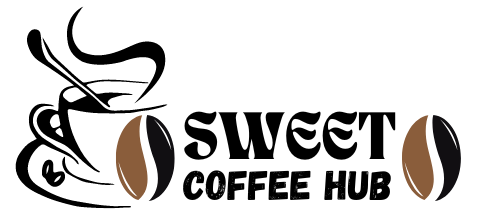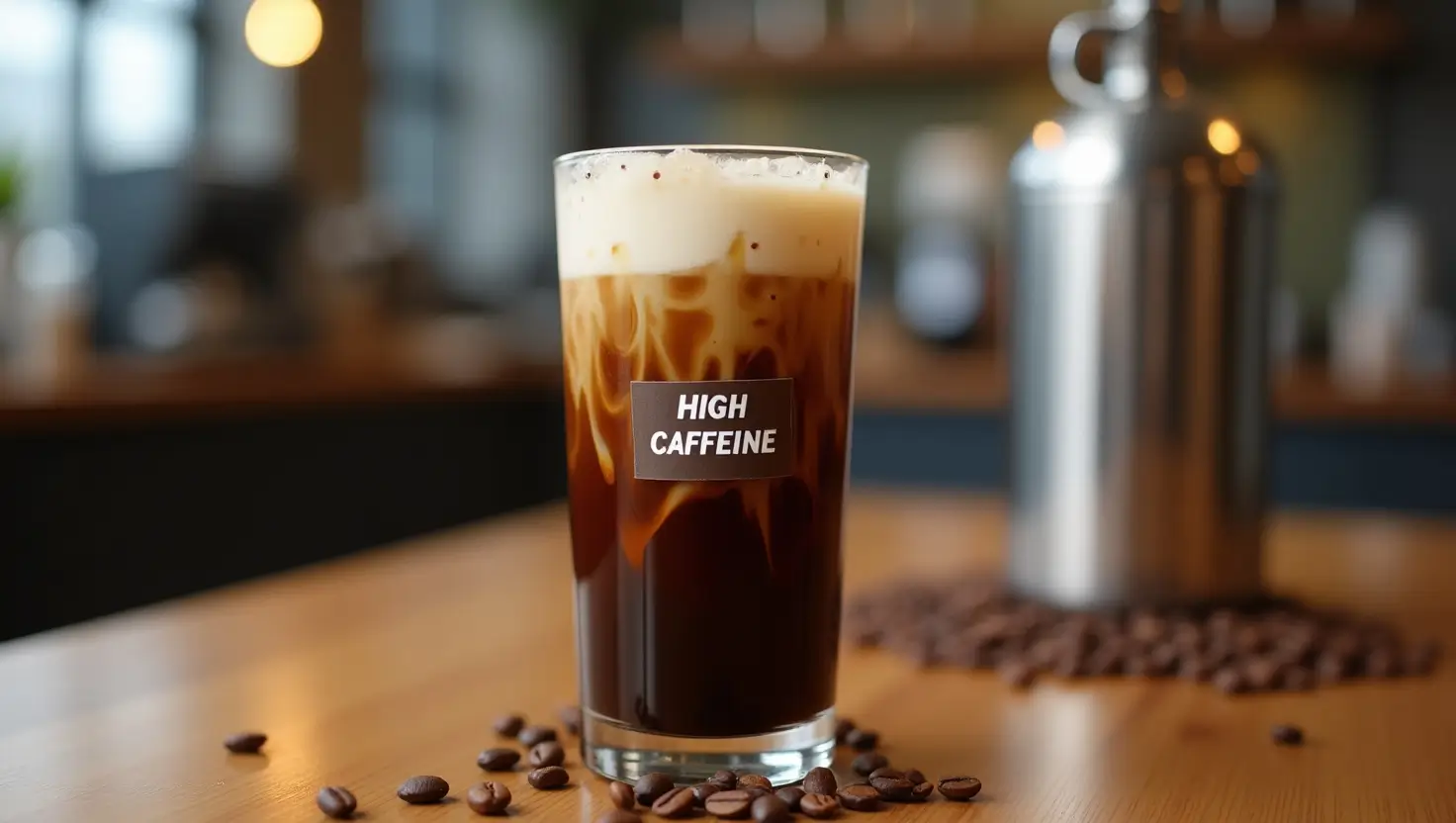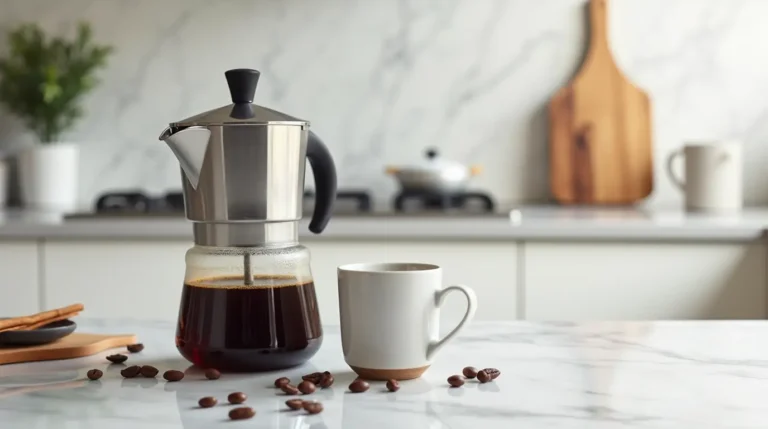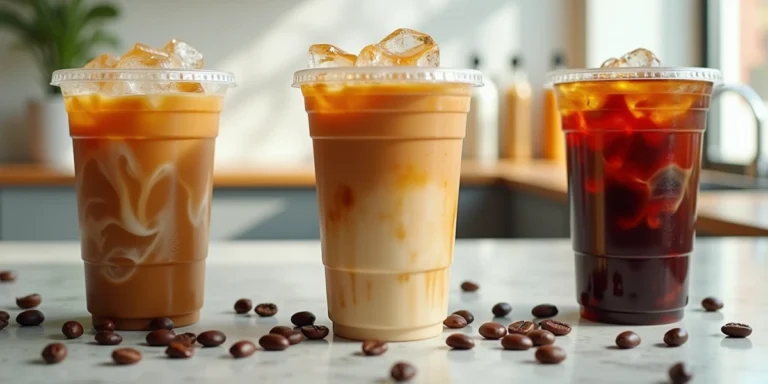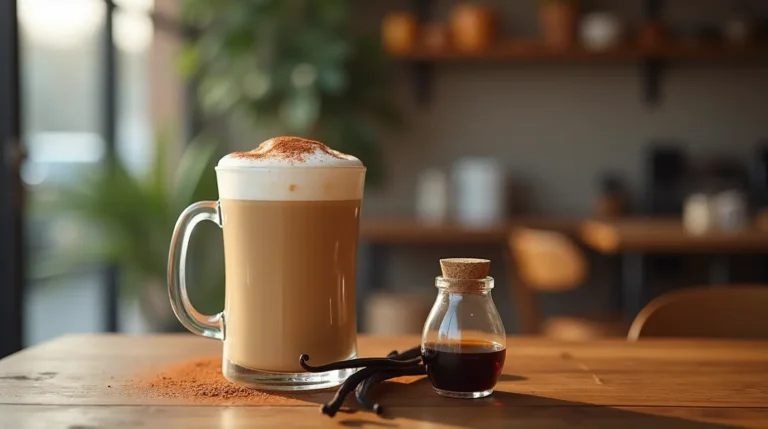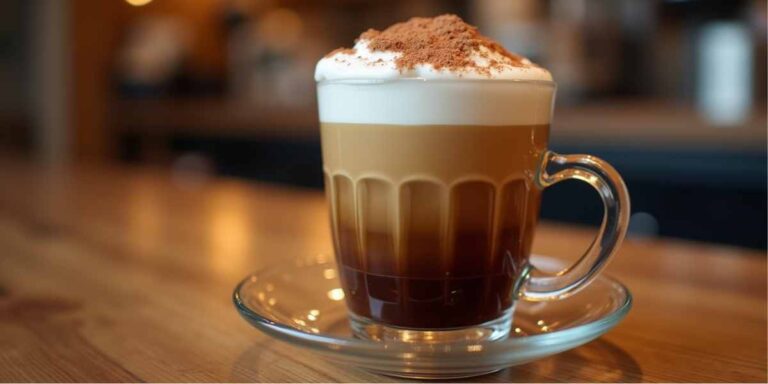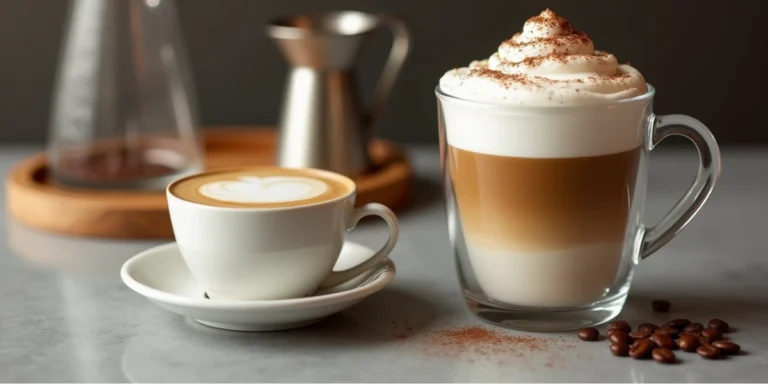Understanding Caffeine in Nitro Coffee: What You Need To Know
If you’re a coffee lover who’s explored beyond the standard drip brew, chances are you’ve come across nitro coffee—that smooth, creamy, and visually striking drink served on tap, much like a stout beer. But while its unique texture and taste make it stand out, many people are left wondering about one key detail: how much caffeine is in nitro coffee?
As more people turn to nitrogen-infused cold brews for a morning boost or afternoon pick-me-up, understanding the caffeine content in nitro coffee becomes essential—especially for those tracking their intake. Is it stronger than a regular cup of joe? How does it compare to cold brew or espresso?
In this post, we’ll break down everything you need to know about caffeine in nitro coffee—from how it’s made to how much of a buzz you can expect. Whether you’re a casual drinker or a caffeine-conscious enthusiast, this guide will give you the facts to sip smarter.
What Is Nitro Coffee and How Is It Made?
Nitro coffee isn’t just another trend—it’s a unique coffee experience that has taken cafés by storm in recent years. It combines the smooth richness of cold brew with the visual drama and mouthfeel of a nitrogen-infused drink, resulting in a beverage that feels more like a craft beer than a traditional cup of coffee.
Definition of Nitro Coffee
Nitro coffee is essentially cold brew coffee infused with nitrogen gas. The nitrogen is forced into the coffee under high pressure, creating a drink with a silky, creamy texture and a beautiful cascading effect when poured. Unlike carbon dioxide, which is used to carbonate soda, nitrogen creates a finer, smoother bubble, giving nitro coffee a rich, velvety mouthfeel without any added cream or sugar.
Many people are surprised to learn that nitro coffee contains no dairy—even though it has a naturally creamy finish. That’s part of what makes it so appealing to health-conscious coffee drinkers.
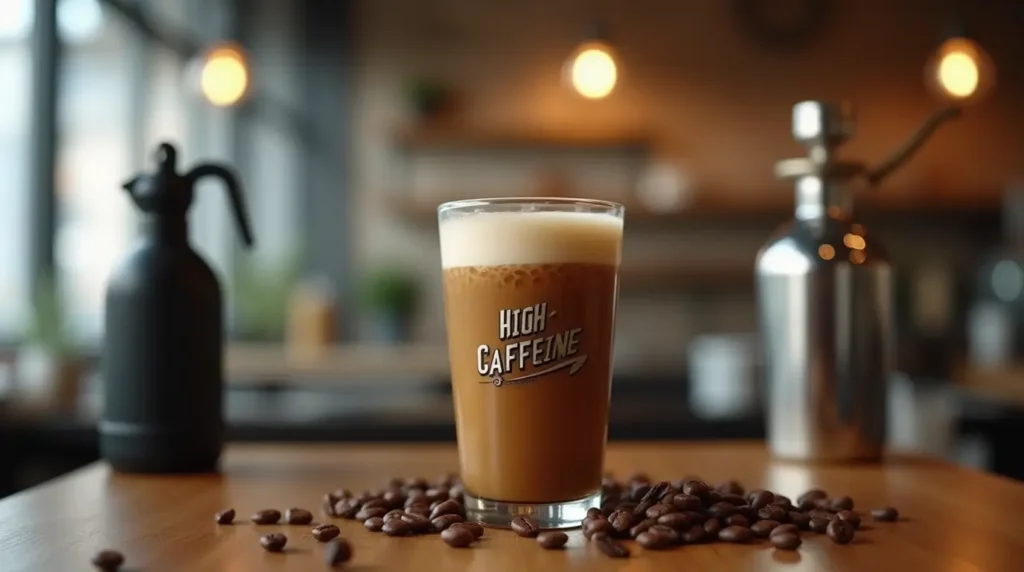
Brewing Process
Making nitro coffee starts with a strong cold brew concentrate, typically steeped for 12 to 24 hours using coarse-ground coffee and cold, filtered water. Once the cold brew is ready, it’s placed in a pressurized keg or whipped cream dispenser charged with nitrogen gas cartridges.
Here’s a simplified step-by-step overview:
- Brew the cold brew using your preferred method (immersion or slow drip).
- Strain the concentrate to remove any coffee grounds.
- Infuse with nitrogen using a nitrogen canister or whipped cream charger.
- Serve cold and unshaken from a keg or spout to preserve the cascading effect.
The result is a coffee that pours like a stout beer—complete with a foamy head—and tastes smoother and less acidic than hot-brewed alternatives.
Nitro Coffee vs Regular Cold Brew
While both nitro and cold brew share a common base, their taste and texture are noticeably different. Cold brew is smooth and low in acidity compared to hot coffee, but it lacks the frothy texture and rich body that nitrogen adds.
Here’s how they compare:
| Feature | Cold Brew | Nitro Coffee |
|---|---|---|
| Texture | Smooth, light | Creamy, velvety |
| Acidity | Lower than hot coffee | Very low |
| Appearance | Still, dark | Cascading bubbles, foamy head |
| Mouthfeel | Clean and crisp | Thick, similar to beer or cream |
| Served With Ice | Usually | Typically not |
Why It’s Popular
Nitro coffee has quickly become a favorite in coffee shops like Starbucks and Dunkin’, and for good reason. It combines several attractive features:
- Naturally sweet flavor with no need for added sugar
- Low acidity, making it gentler on sensitive stomachs
- Satisfying texture, often compared to a stout or a milkshake
- Trendy presentation, with visual appeal that’s perfect for social media
Because it often contains more caffeine than a typical iced coffee, nitro coffee provides a smooth yet powerful energy boost—a major plus for busy professionals, athletes, and anyone who wants a strong cup without the jitters of espresso.
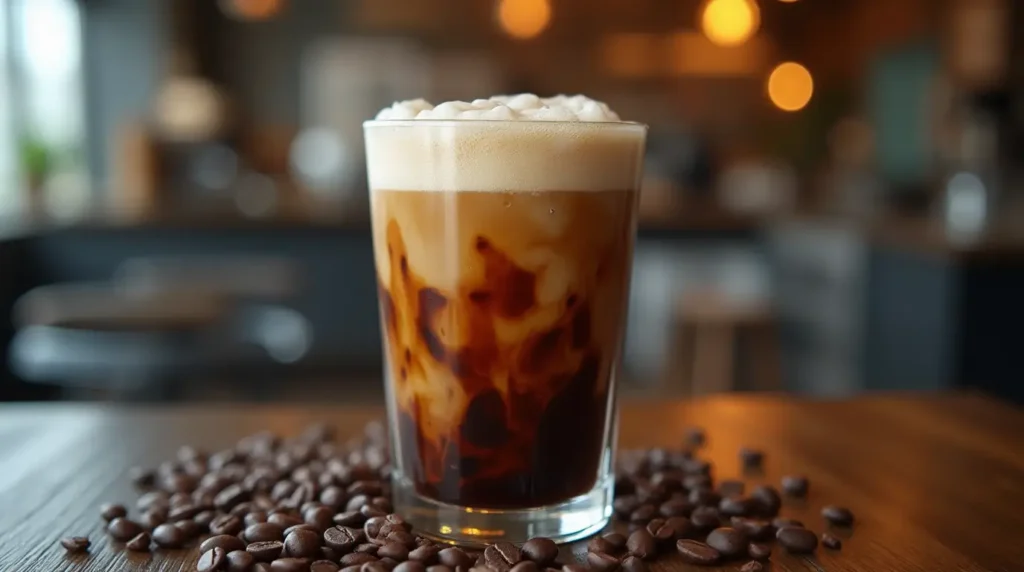
Caffeine in Nitro Coffee: Facts, Myths, and Comparisons
One of the most important things to understand about nitro coffee is its caffeine content. While its creamy texture and smooth finish may suggest a lighter beverage, nitro coffee often delivers more caffeine than most traditional coffee drinks. This makes it both energizing and potentially overwhelming for those who are caffeine-sensitive.
How Much Caffeine Is in Nitro Coffee?
Nitro coffee is made from cold brew concentrate, which is already stronger than regular drip coffee. Once nitrogen is infused, the resulting drink typically contains 150 to 250 milligrams of caffeine per 12-ounce serving, depending on the recipe or brand.
To put this in perspective, a typical 8-ounce cup of brewed coffee contains about 95 milligrams of caffeine. Nitro coffee can have almost twice as much caffeine, making it one of the stronger coffee options available.
Below is a comparison of popular nitro coffee offerings:
Caffeine Content by Brand
| Brand | Size (oz) | Caffeine (mg) |
|---|---|---|
| Starbucks | 12 | 215 |
| Dunkin’ | 13 | 260 |
| Homemade (average) | 12 | 180 |
- Starbucks Nitro Cold Brew contains around 215 mg of caffeine in a 12 oz serving.
- Dunkin’ Nitro is one of the strongest commercially available options, with about 260 mg in 13 oz.
- Homemade versions vary, but typically fall within the 160–200 mg range, depending on the coffee-to-water ratio and steeping time.
Is Nitro Coffee Stronger Than Regular Coffee?
Yes. Nitro coffee generally contains more caffeine than regular coffee, especially when compared by volume. Because it uses a concentrated cold brew base, nitro coffee can deliver higher caffeine levels even in smaller servings.
However, its smooth and less bitter flavor can be misleading. Many drinkers don’t realize how much caffeine they’re consuming because the nitrogen makes the drink feel lighter and easier to consume quickly. This makes portion awareness especially important.
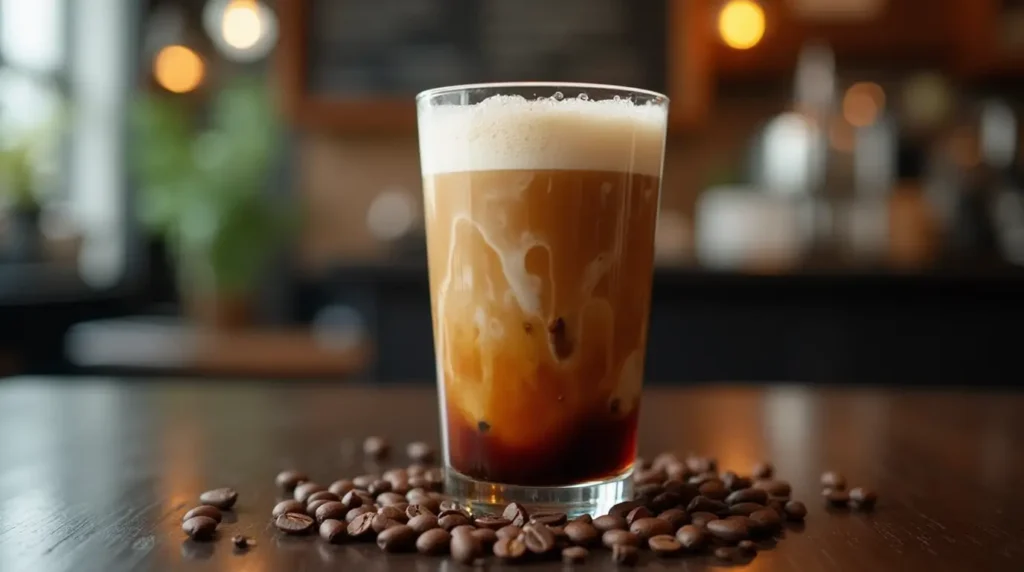
Myths About Nitro Coffee
Despite its growing popularity, several misconceptions about nitro coffee still circulate:
- “Nitro coffee has no caffeine.”
This is false. In fact, nitro coffee typically contains more caffeine than traditional coffee. - “Nitro coffee is carbonated.”
Also false. Unlike soda or sparkling water, nitro coffee is infused with nitrogen gas, not carbon dioxide. This gives it a creamy mouthfeel rather than a fizzy texture. - “It contains dairy or sugar.”
Pure nitro coffee is made from just cold brew and nitrogen. Its sweetness and creaminess come from the nitrogen bubbles, not from added ingredients.
Who Should Be Cautious with Nitro Coffee?
Due to its higher caffeine content, nitro coffee may not be suitable for everyone. According to the U.S. Food and Drug Administration (FDA), the recommended daily caffeine limit for healthy adults is 400 mg. A single serving of nitro coffee can make up more than half of that amount.
People who should monitor or limit their intake include:
- Individuals with caffeine sensitivity
- Those with heart conditions or high blood pressure
- Pregnant or breastfeeding individuals
- Anyone experiencing anxiety, insomnia, or digestive issues related to caffeine
The Mayo Clinic also advises caution for those who are unsure of how caffeine affects their health, noting that high doses may contribute to restlessness, insomnia, and rapid heart rate.
How to Make Nitro Coffee at Home (with Recipe Table)
Making nitro coffee at home is easier than it might seem and a great way to enjoy the smooth, creamy experience without visiting a café. All you need is a solid cold brew, a nitrogen charger or whipped cream dispenser, and a little patience.
Let’s walk through exactly how to make it from start to finish, using simple tools and ingredients available to most home brewers.
Ingredients Needed
To create homemade nitro coffee, you’ll first need to prepare a strong batch of cold brew concentrate. Then, you’ll infuse it with nitrogen gas using either a whipped cream dispenser or a mini keg system designed for nitrogen.
Here are the basic ingredients and equipment you’ll need:
Nitro Coffee Ingredients Table
| Ingredient | Quantity |
|---|---|
| Coarse ground coffee | 1 cup |
| Cold filtered water | 4 cups |
| Nitrogen charger (N2) | 1 cartridge per 16 oz |
| Optional: Ice & cream | As desired |
- Coarse ground coffee is best to avoid over-extraction and grit.
- Filtered water ensures a cleaner, smoother flavor.
- Nitrogen chargers (not CO₂) are used to infuse the gas.
Step-by-Step Instructions
- Brew the Cold Brew Coffee
- In a large jar or French press, combine 1 cup of coarse ground coffee with 4 cups of cold filtered water.
- Stir well and cover.
- Let it steep in the refrigerator for 12 to 24 hours.
- Strain the coffee through a fine mesh sieve or coffee filter to remove the grounds.
- Charge with Nitrogen
- Pour your cold brew concentrate into a whipped cream dispenser or a mini nitro keg system.
- Insert the nitrogen cartridge into the charger and shake the dispenser well to distribute the gas.
- Let it sit for 1 to 2 minutes to allow the nitrogen to fully infuse.
- Serve and Enjoy
- Pour the nitro coffee into a glass. You should see a cascading, creamy head form—similar to a stout beer.
- Serve it chilled, without ice if you want to preserve the texture, or over ice for a more diluted version.
Tips for the Best Flavor
- Use fresh, filtered water to avoid any off flavors from tap water.
- Avoid fine coffee grounds as they can clog filters and make the brew muddy.
- Steep your cold brew in the fridge for a cleaner and more consistent flavor.
- For optimal results, use a stainless steel nitro keg system for even nitrogen distribution and longer-lasting pressure.
Customize Your Nitro Coffee
While pure nitro coffee is delicious on its own, you can easily customize it to suit your preferences:
- Add a splash of oat milk, almond milk, or vanilla syrup for a flavored twist.
- Dust the top with cinnamon or cocoa powder for an aromatic finish.
- Create a Nitro Coffee Float by adding a scoop of vanilla or chocolate ice cream—perfect for warm days.
These additions won’t affect the nitrogen’s infusion but can elevate the drink’s complexity and presentation, especially if you’re serving guests.
Conclusion
Nitro coffee is more than just a trendy beverage — it’s a smooth, creamy, and highly caffeinated drink that combines the boldness of cold brew with the unique texture of nitrogen infusion. While it may taste light and velvety, don’t underestimate its caffeine strength, which often surpasses that of traditional hot coffee.
Whether you’re buying it from major brands like Starbucks and Dunkin’ or making it at home with a nitrogen charger, nitro coffee offers a refreshing way to enjoy your daily dose of energy. Just remember to monitor your intake, especially if you’re sensitive to caffeine or have health concerns.
By understanding how nitro coffee is made, its caffeine levels, and how it differs from regular cold brew, you can enjoy this modern coffee experience more mindfully — and even experiment with your own recipes at home.
Looking to try it yourself? Follow the steps in our homemade nitro coffee recipe and customize your brew with your favorite flavors. It’s an easy and rewarding way to enjoy barista-level coffee from your kitchen.
